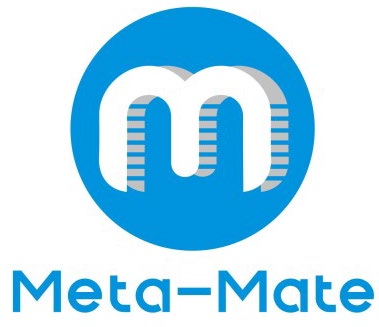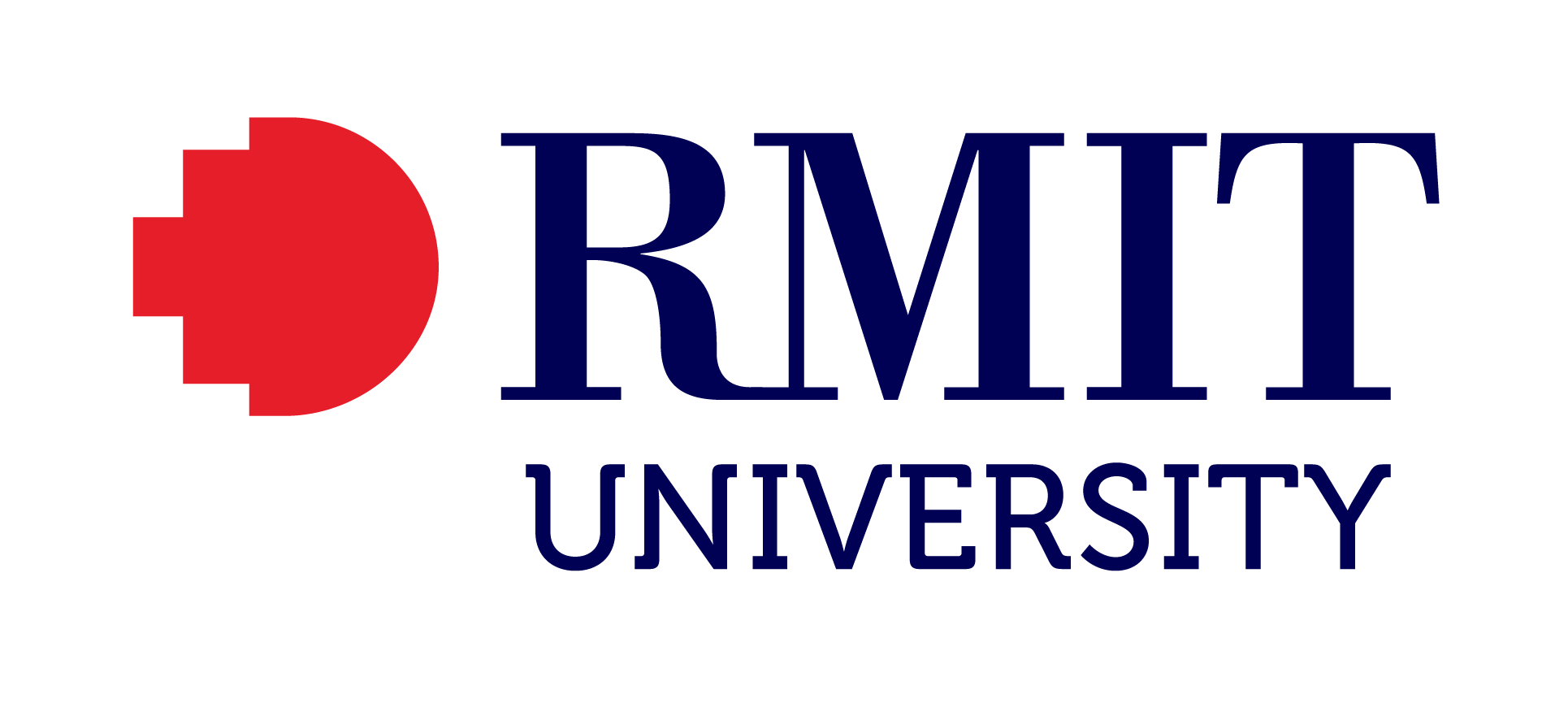Digital and Physical Systems Design for Optimised Design-to-Delivery of Prefabricated Timber Housing
Project Description
The technology currently used in Australia for construction of houses, especially for affordable (volume-built) homes is quite rudimentary and involves site-heavy and labour-heavy methods. The industry faces challenges in the design to manufacturing stage in evolving forward from these traditional methods. This project aims to investigate these issues in making manufacturing more efficient and develop a focused process model for a fully automated design to manufacturing process.
Expected outcomes of this project
• Identify challenges in introducing offsite manufactured systems to replace the current ‘stick-built’ methods (installation issues, manufacturing issues etc.)
• Develop DfMA based methods to efficiently manufacture timber-based (engineered-wood and composites) structural systems in large volumes
• Develop visual simulisation tools to carry out multi objective optimisation and estimate carbon footprint while identifying necessary improvements to move towards net-zero (and beyond) systems
• Assess both upstream and down-stream value chains to enable overall feasibility of these designs.
Due to practicalities the data collection may commence with manufacturers based in Victoria. However, further studies and the outcomes of the project will be strongly aligned for solving a national-level issue in optimising the design-to-delivery of Engineered wood systems.
Objectives
A. Carry out an audit of current Frame & Truss manufacturing processes in Australia which vary from manual to semi or fully automated processes (the initial audit shall commence with studying Victorian manufacturers with an intention to collect further data and insights from
manufacturers Australia-wide and if possible from overseas as well)
B. Identify software integration issues that cause bottlenecks in the DfMA process in semi to fully automated manufacturing processes and propose temporary workarounds and longer-term solutions.
C. Develop a focussed process model based on the findings of Objectives A and B, which can be modified further enable wider adaptations
D. Identification of process efficiency enhancements followed by scenario modelling and sensitivity analysis
E. Identification of value-add manufacturing enhancements scenario modelling and sensitivity analysis
F. Optimisation of process model and summary report on the outcomes and key findings at each of the above stages
Targeted industry focused outcomes
- As per the project KPIs, this project aims to deliver industry-focused outcomes via a number of journal and conference papers but at the same time a summarised industry guide on research findings.
- The main industry-focused outcome would be to develop a set of recommendations along with the visual programming framework develop in the project, to manufacturers of timber or engineered wood systems on efficient DfMA processes they could adopt in their process from design to project hand-over.
- Currently, the design process is one of the most critical bottlenecks in offsite manufactured timber structural systems. This project aims to identify the main causes behind this issue in order to develop an efficient DfMA framework to streamline the overall design and manufacturing process.
- Targeted outcomes would be a more streamlined DfMA process, optimised resource utilisation, reduced overall project risks due to more time and resource savings and reduced wastage of resources
- The project team will develop assessment matrices to effectively and accurately measure or estimate the impact of the project outcomes.
- Key identifiers would be the % reduction of resource wastage (materials, time, labour etc.) ideally demonstrated via exemplar projects.
Resources
Journal Article: CHALLENGES IN INTERGRATING AUSTRALIAN SAWMILLING WITH PREFABRICATION MANUFACTURING INDUSTRY
Journal Article: ADAPTATION OF CONNECTION SYSTEMS FOR INTERGRATION WITH ENGINEERED WOOD PRODUCTS IN BUILDINGS: A SYSTEMATIC REVIEW
Journal Article: COMPOSITE PANELS FROM WOOD WASTE: A DETAILED REVIEW OF PROCESSES, STANDARDS, AND APPLICATIONS
Conference Article: TOWARDS SUSTAINABLE TIMBER CONSTRUCTION: A CASE STUDY OF WASTE GENERATION, MANAGEMENT, AND CIRCULAR STRATEGIES IN AUSTRALIAN SAWMILLING AND PREFABRICATION MANUFACTURING.
Objectives/Deliverables
- Report on the completed audit of current Frame & Truss manufacturing processes and software integration issues that cause bottlenecks in the DfMA process. List out proposed temporary workarounds and longer term solutions (Objectives A and B)
- Provide the preliminary version of the DfMA-based process model ideally in the form of a compatible plug-in to Revit and similar BIM tools
- Report on process efficiency enhancements, their scenario modelling and sensitivity analysis
- Report on value-add manufacturing enhancements, their scenario modelling and sensitivity analysis
- Optimisation of process model and summary report on the outcomes and key findings at each of the above stages
Project Leader/s
Ding Wen ‘Nic’ Bao
Project Leader; Chief Investigator
RMIT University
Tharaka Gunawardena
Project Leader; Chief Investigator
University of Melbourne
Project Staff
Sasindu Samarawickrama
PHD Candidate
University of Melbourne
Harshani Dissanayake
PhD Candidate
University of Melbourne
Research Assistant
Research Assistant Opportunity
Project Investigators
Ding Wen ‘Nic’ Bao
Project Leader; Chief Investigator
RMIT University
Tharaka Gunawardena
Project Leader; Chief Investigator
University of Melbourne
Priyan Mendis
Node Leader - Manufacturing Innovation; Chief Investigator
University of Melbourne
Candy Wang
Partner Investigator
Meta-Mate Pty Ltd
Lily Tandeani
Partner Investigator
Tzannes Associates
Marc Micuta
Affiliate Investigator
Tzannes

